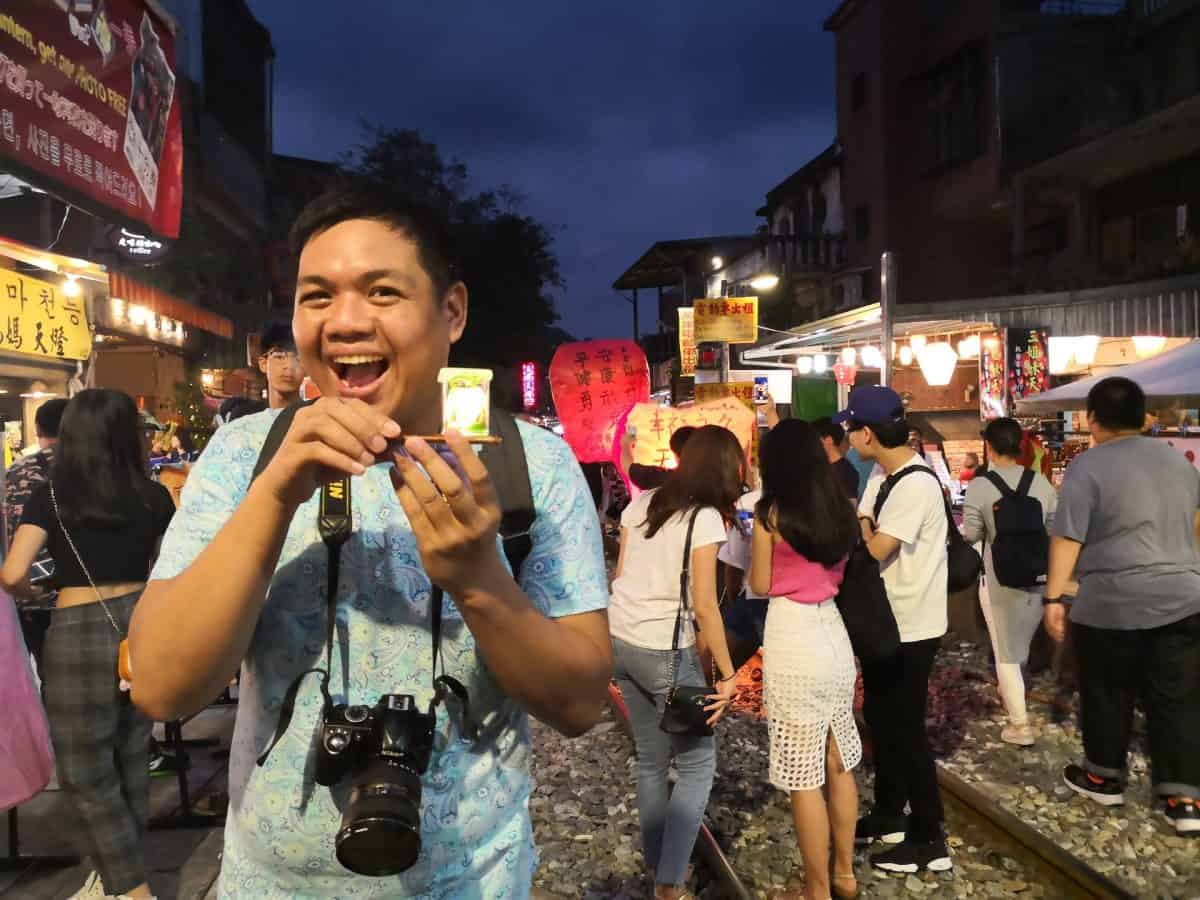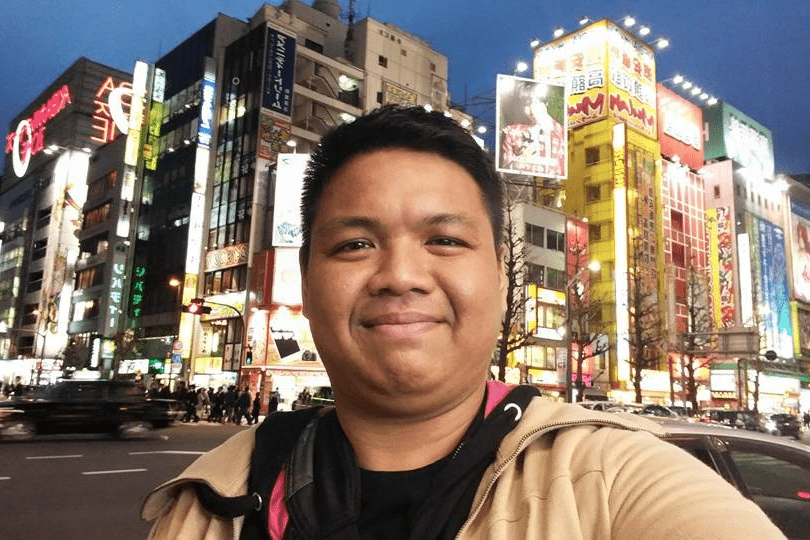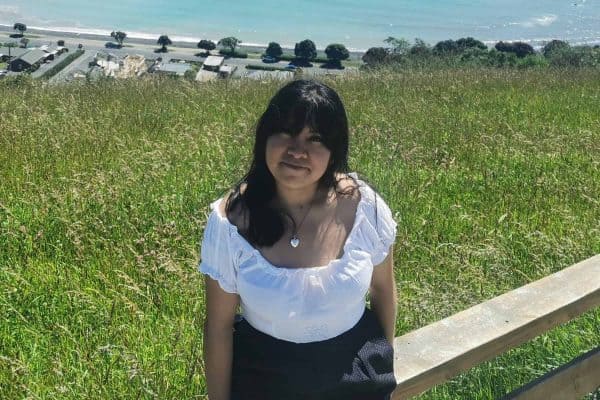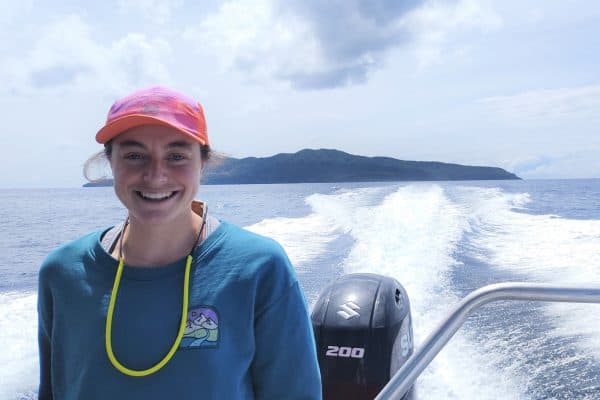Integration of Geospatial and Focused Liquefaction Tools for Regional Assessments
Hi guys! Kamusta? I am from Quezon City, Metro Manila, Philippines. I did my Bachelor’s and Master’s degrees in Civil Engineering at the University of the Philippines Diliman. Coming from a poor family, it is not surprising that one of my motivations in choosing my Bachelor’s degree was the earning potential it had. However, along the way, I found that I love teaching and showing people what can be done if you have the right information, and you know what to do with it. So, after finishing my Bachelor’s, I went straight into teaching at our university while doing my Master’s.
During my studies, I also found that I love studying earthquakes and the various effects they have. Coming from a place that is riddled with faults and with a big earthquake expected to happen where we live, I felt that it is something that I need to do to ensure that the expected big earthquake’s damage and casualties will be minimized. So, from there, I have decided to pursue disaster risk studies with a focus on earthquake-related hazards.
When I am not doing numerical models and studying earthquakes, I love getting my “creative” side the exercise it needs – through travel photography and content creation. For the times that I can’t go out to take photos, I enjoy spending time with my family and our dogs, and the occasional gaming sessions. I also love food – especially trying new food! But I am also trying to get more active to offset all the food that I eat. Keyword is “try”, though…

My Project
There have been many models that predict liquefaction susceptibility and/or severity. Semi-empirical liquefaction assessment methods, along with geotechnical data, have been widely used. However, there are geospatial inputs that can affect liquefaction assessment significantly.
My project aims to integrate the various approaches in determining liquefaction susceptibility and severity – namely the geospatial-based and geotechnical-based approaches. It also aims to determine which earthquake-related intensity measure is most appropriate for these purposes. To do this, the database from the 2010-2011 Canterbury Earthquake Sequence will be used along with the 2016 Valentine’s Day earthquake for modelling and validation.
Currently, I am in the early stages of liquefaction modelling and mapping procedures review. This will take me through various models and procedures that have been developed so that differences in techniques and knowledge gaps can be identified prior to integration of various approaches. A thorough study of the currently available models and approaches is very important so that we can understand what we are working with and figure out how we can incorporate those parts that we would like to have, to make a more appropriate and accurate model.
Next Steps
The next step is to compare and contrast a range of models based on the various approaches available. The identification of parts that we want to address and possible ways to address these will be crucial in creating the process flowchart for the approach integration in the new model. Afterwards, the creation and validation of the model will be done to quantify what makes it different and more appropriate than the models that have come before. A study on the application of the model to areas where the liquefaction tools were deemed not appropriate to use will also be done.
The hope is that this integrated model will be an improved version of the previous models and allow us to predict the liquefaction susceptibility and extent of damage for various areas more accurately. I am hoping that this study can be done for other areas as well, so that a region-specific model can be created for places that are highly susceptible to liquefaction.




